Donald Trump loves tariffs. He not only admits it, but sees them as a magic wand that can solve everything from the budget deficit to bringing lost manufacturing jobs back to America. His promise to revive an industry that was once America’s pride has always been his strongest argument.
But while debates over 25% or 100% tariffs dominate headlines, on the other side of the Pacific , China is playing a completely different game.
China is not just competing on price; it is deploying a sophisticated four-pronged strategy, from strangling the supply chain, revolutionizing the speed of production, to a devastating price war and a geopolitical encirclement strategy, putting the century-old Western giants on the defensive in every way.
The Magnet War and Deadly Dependence
Imagine a perverse scenario: To avoid a tariff wall, a Western automaker decides to stop importing components from China. But then it realizes that to produce the heart of an electric car—a high-performance electric motor—it has to send that same motor to China.
This is not a hypothesis. According to an investigative report from The Wall Street Journal, this is the dilemma facing at least four major automakers.
Beijing’s strategic weapon is rare earth magnets. These are essential components in modern electric vehicle motors, and according to reports from the International Energy Agency (IEA), China controls 90% of the global processing and refining of rare earths. Since April, Beijing has been tightening its export controls on magnets made from key elements such as dysprosium and terbium.
China's logic is clear and cold, as one supply chain manager told the WSJ: "If you want to export a magnet out of China, we won't allow it. But if you can prove that it's installed in a motor right here in China, we'll say yes."
This is a masterful geopolitical lever. It turns the “throat” of the supply chain into a magnet for investment. Instead of letting Western companies simply buy raw materials, it is forcing them to move a significant portion of their production lines to China to access supplies. This not only nullifies the “reshoring” goal of tariffs, but also cements China’s position as the indispensable global manufacturing hub in the electrification era.
The West has been late to wake up and is working to build alternative supply chains, but experts from BloombergNEF estimate it will take at least a decade and cost billions of dollars to catch up.
Heat-treated neodymium iron boron magnets are essential components in electric vehicle motors (Photo: Getty).
Speed War - When Your Opponent Goes 3 Times Faster
If supply chain control is a strategic attack, then product development speed is a frontal assault on the marketplace. Terry J. Woychowski, a 47-year veteran of General Motors and now president of the automotive division of engineering services firm Caresoft Global, has called the Chinese auto industry an “existential threat.”
The numbers that Caresoft provided, after "dissecting" and analyzing Chinese car models, exposed a naked truth: Traditional companies like Ford or GM took about 36 to 48 months, while Chinese car companies like Nio or Xpeng only needed 14 to 18 months. Woychowski asserted that, in terms of software technology integration and user experience, "traditional companies are 3 to 5 years behind."
Where does this speed come from? According to analysis by the Financial Times and industry experts, it comes down to a fundamental difference in philosophy. Chinese manufacturers are widely applying artificial intelligence (AI) and digital platforms throughout the entire design process, allowing them to simulate, test and optimize products at an unimaginable speed.
They are “speaking two different languages.” While Detroit automakers are still obsessed with mechanical metrics like “torque and horsepower,” Shenzhen automakers are focused on “computing power and user interface.”
They are building “smart devices on wheels” with operating systems that receive over-the-air (OTA) updates, deep integration with apps like WeChat, and entertainment features like in-car karaoke. Meanwhile, many Western automakers are still building traditional cars with patchwork technology.
Cheap Weapon - BYD Seagull Tsunami
China's dominance lies not only in high technology, but also in its ability to mass produce at extremely low costs - an advantage that is threatening to completely destroy the profit structure of Western carmakers.
Nowhere is this more evident than with the BYD Seagull, a compact electric car sold in China starting at less than $10,000. Caresoft engineers who took the car apart were amazed at its design and cost efficiency, calling it a “major wake-up call” for the U.S. auto industry.
The $8,000 BYD Seagull is China's best-selling car, offering a respectable driving experience at a fraction of the price, and that's why Western automakers should be worried (Photo: Ralph Hermens).
Woychowski describes BYD as an example of vertical integration that “we haven’t seen since Henry Ford.” BYD’s in-house production of batteries, particularly its groundbreaking “Blade Battery” technology, has given it an unbeatable cost advantage.
Do some simple math: Even with a 100% US tariff, the $10,000 BYD Seagull would cost $20,000 when it enters the US market. That’s still significantly less than most of the cheapest EVs currently available in the US, which typically cost over $35,000.
Bloomberg has called it a “tsunami” of low prices that could wipe out competitors. It is this threat that has forced the US and EU to act, but it also shows that tariffs are a desperate defense against a vastly more efficient business model.
Siege Strategy: The “Trojan Horse” in America’s Backyard
The threat is not just across the ocean. It is creeping closer to the borders of the United States and Europe. Tu Le, founder of consultancy Sino Auto Insights, warns of a sophisticated encirclement strategy. “The Chinese are encircling us,” he says bluntly.
Instead of exporting directly from China and facing tariffs, automakers like BYD, Chery, and Great Wall Motor are actively building factories in countries that have free trade agreements with their target markets.
In Europe, BYD is building its first major factory in Hungary. Chery has also signed a deal to start production at a former Nissan plant in Spain.
In America’s backyard, Chinese automakers are pouring into Mexico. According to Reuters, they already account for about 10 percent of the Mexican auto market and are actively looking for locations to build factories. A car made in Mexico can enter the U.S. market with much lower tariffs under the USMCA, making Mexico a potential “Trojan horse.”
This is a smart strategy, helping them avoid tariff barriers, reduce shipping costs and reach the market faster.
Mr. Tu Le, founder of consulting firm Sino Auto Insights, warned that Chinese car manufacturers may soon manufacture in countries near the US (Photo: Getty).
The real battle isn’t in tweets about tariffs. It’s in rare-earth mines, AI labs, BYD’s battery megafactories, and plans for factories in Hungary and Mexico. Western automakers, the empires that ruled the world for a century, are facing a stark choice: change the way they operate from the ground up, or risk being left behind in the most important race of the 21st century.
“The only strategic advantage left is speed,” Woychowski concluded. “And we have a lot, a lot of work to do.”
For the Western auto industry, alarm bells are not just ringing, they are screaming. And this time, they are coming not from Detroit or Wolfsburg, but from Shenzhen.
Source: https://dantri.com.vn/kinh-doanh/cuoc-chien-xe-hoi-thue-quan-la-man-suong-don-chi-mang-den-tu-trung-quoc-20250607003402349.htm



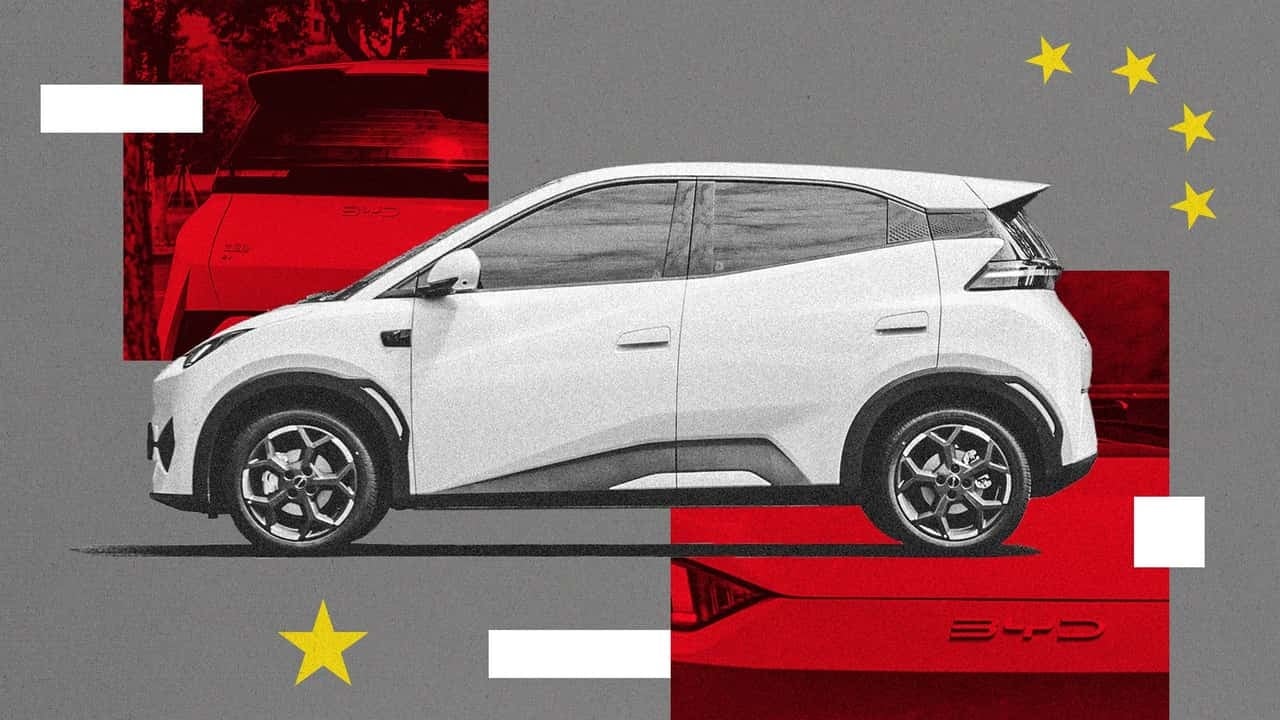
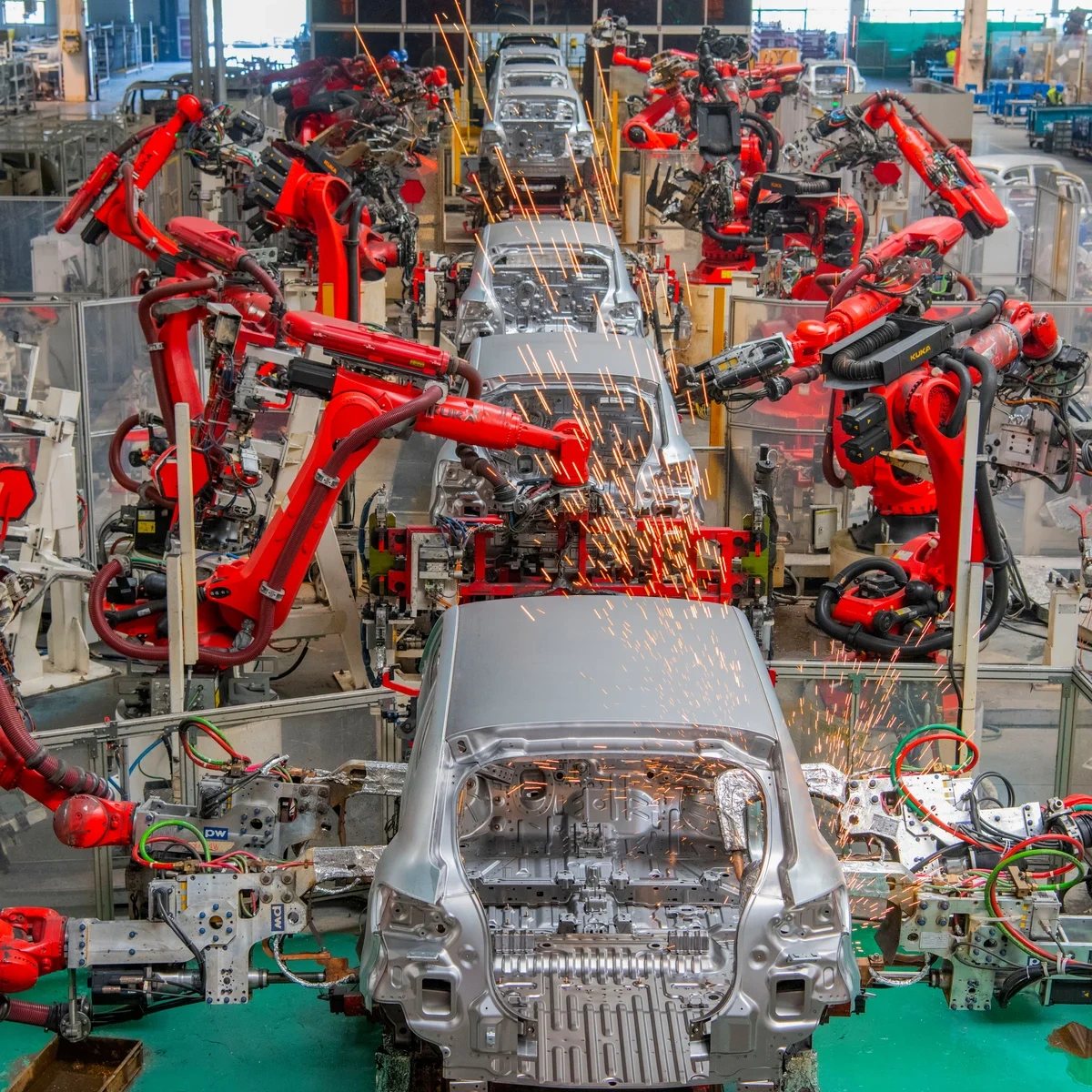


![[Photo] General Secretary To Lam works with Lam Dong, Binh Thuan and Dak Nong provinces](https://vphoto.vietnam.vn/thumb/1200x675/vietnam/resource/IMAGE/2025/6/11/c3e736d90cda4fe78f96c9bfb68d4e0b)







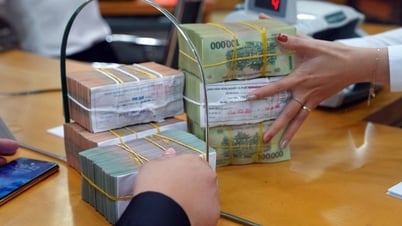




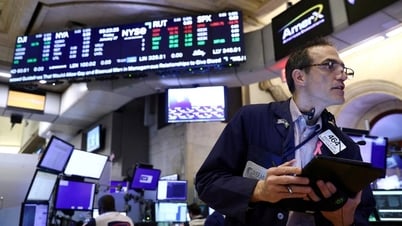





















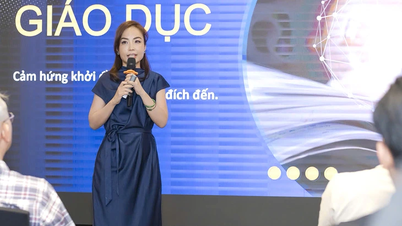
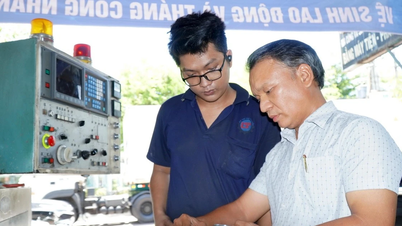
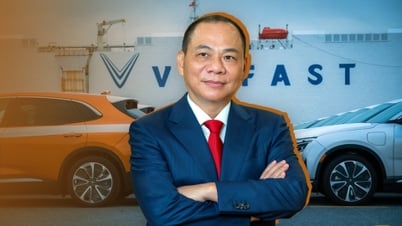
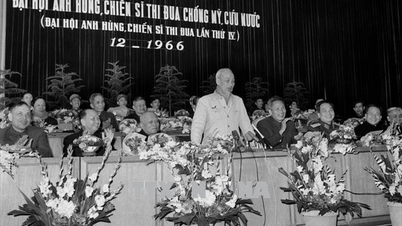




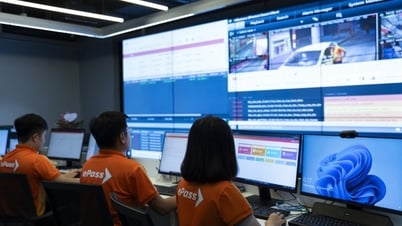
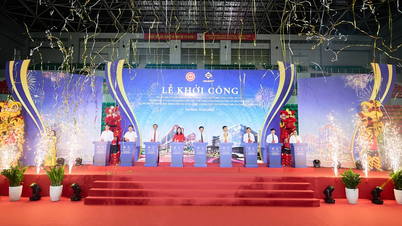
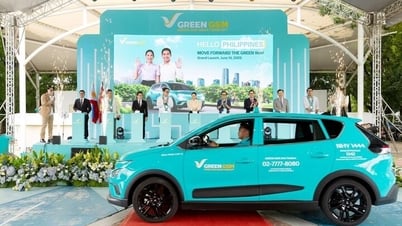


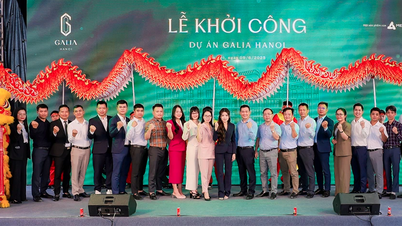



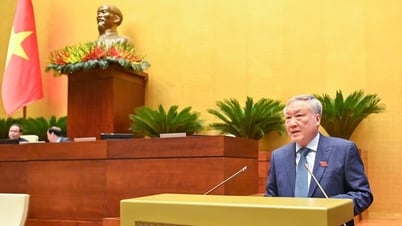


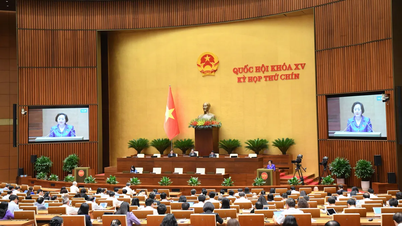


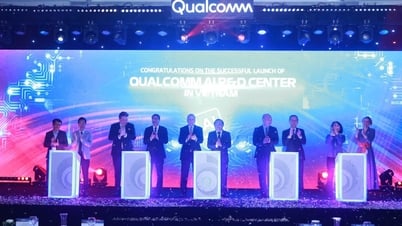







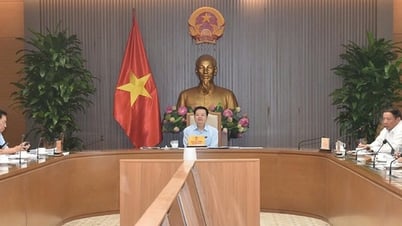



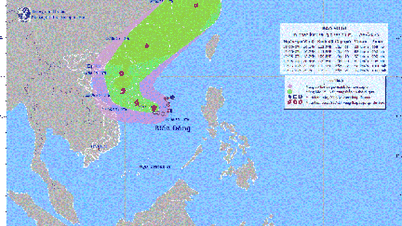


























Comment (0)